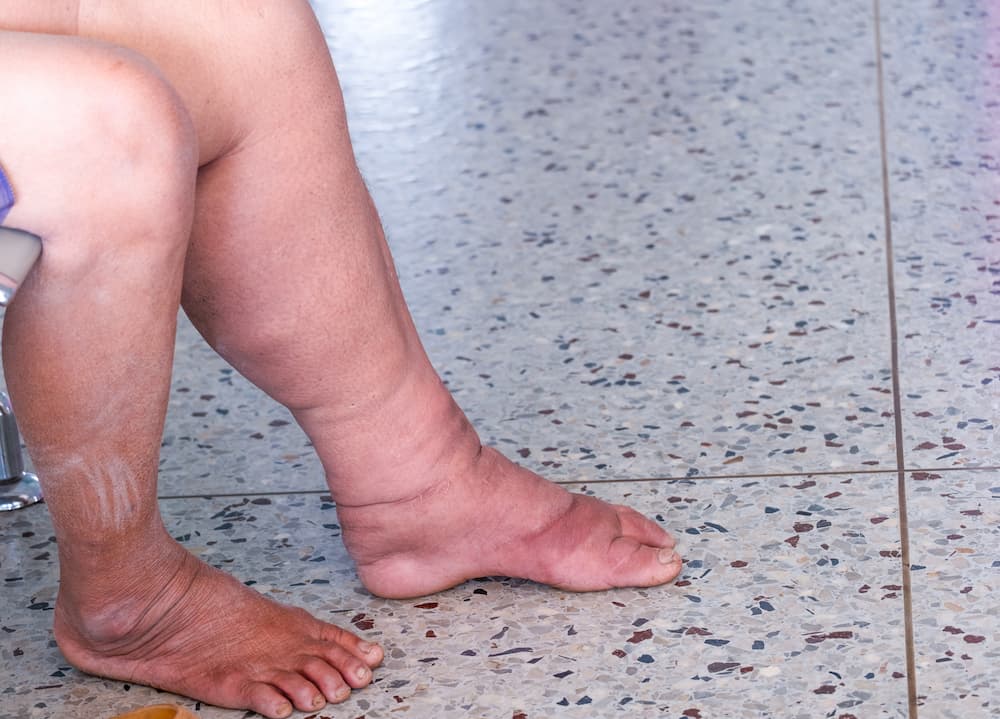Obesity is a major risk factor for many medical conditions — heart disease, high blood pressure, and even cancer. But, did you know that obesity is also a risk factor for painful lower leg lymphedema? If you didn't, you're not alone. Many people don't realize the link between these two conditions.
Obesity can cause damage to the lymphatic system, which leads to swelling in the lower legs. In this post, we will discuss the link between obesity and lower leg lymphedema, as well as some of the other risk factors and treatment options for this condition.
What is lower leg lymphedema?
Lower leg lymphedema is a condition caused by an accumulation of lymph fluid in the lower legs — typically in the area of the ankles, feet, and toes. This can lead to swelling and discomfort in these areas. Other symptoms include:
- Difficulty walking or moving
- Loss of flexibility in the joints
- Skin discoloration
- Pain and tightness in the legs
- A feeling of heaviness or fullness in the legs.
What is the link between obesity and lower leg lymphedema?
Obesity can cause damage to the lymphatic system, which is responsible for removing toxins from the body. This can lead to a buildup of fluid in the lower legs, which can then cause swelling and pain. Additionally, obesity can put extra pressure on the veins and arteries in the lower leg area, reducing blood flow to that area and leading to further swelling.
What are other causes of lower leg lymphedema?
In addition to obesity, there are several other risk factors for lower leg lymphedema. These include:
- Aging
- Injury or trauma to the legs
- Certain medical conditions such as diabetes and congestive heart failure
- Surgery in the leg area
- Radiation therapy
What are the treatment options for lower leg lymphedema?
The treatments available for lower leg lymphedema vary depending on the severity and cause of the condition. Treatment options may include:
- Compression garments, like Aero-Wrap™ which help move lymphatic fluid to reduce swelling and pain in the legs
- Manual lymphatic drainage, a massage-like therapy that helps stimulate lymphatic flow
- Diuretics and medications to reduce inflammation
- Surgery to remove excess tissue from the legs
- Exercise and physical therapy, which can help strengthen the muscles in the legs and reduce swelling.
What is Obesity-Induced Lymphedema (OIL) and what is the treatment?
Obesity-induced lymphedema (OIL) is a type of secondary lower leg lymphedema caused by excess body fat and weight in individuals who have a body mass index (BMI) over 40. The risk of lymphatic dysfunction increases as your BMI increases, especially once it exceeds 60. The best treatment for obesity-induced lymphedema is weight loss.
Final thoughts
By understanding the link between obesity and lower leg lymphedema, we can take the necessary steps to reduce our risk of this uncomfortable condition. If you think you may be at risk, it's important to speak with your doctor and discuss treatment options that are right for you. With proper care and management, symptoms can be reduced or even eliminated — allowing you to get back to a healthy and happy lifestyle.

